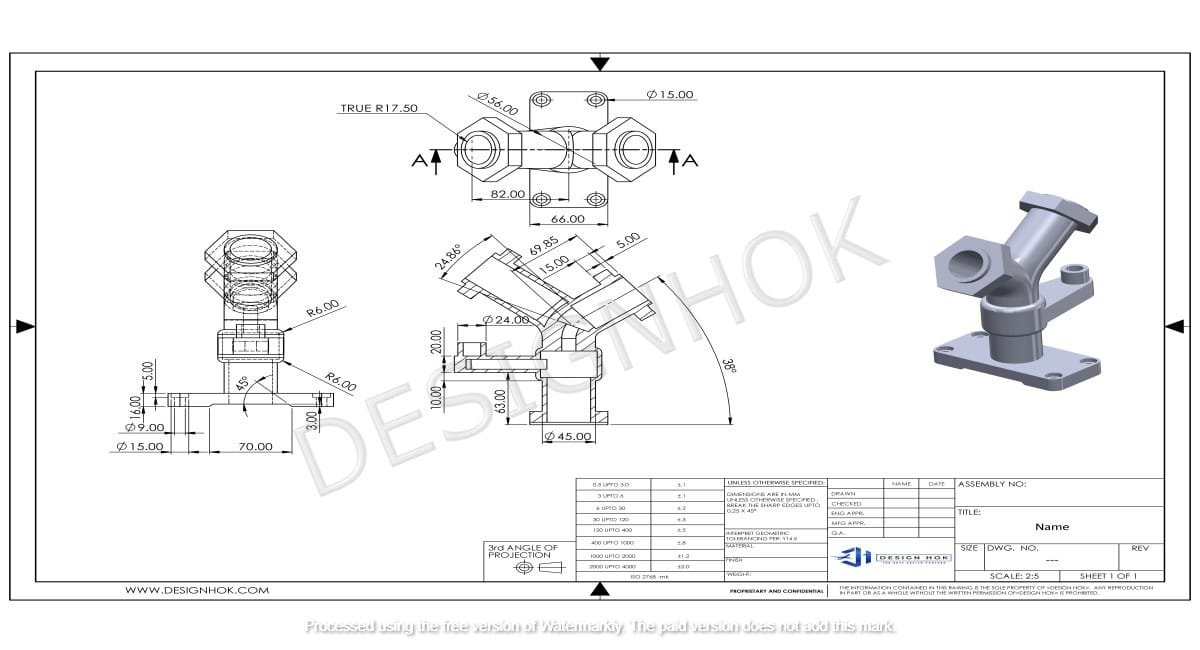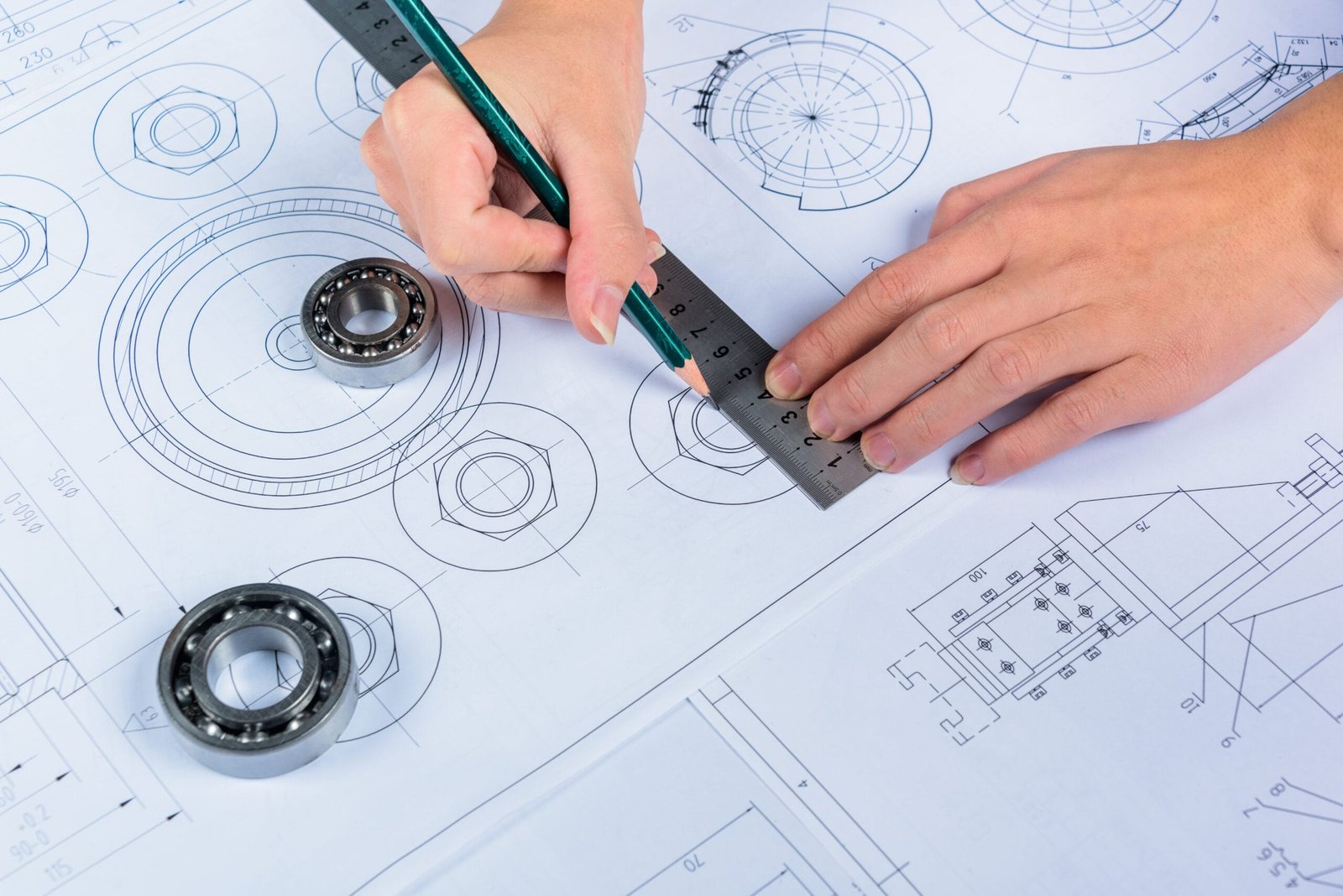AutoCAD has been a cornerstone of design and drafting for decades. Its versatility in both 2D and 3D modeling has made it an essential tool for engineers, architects, and designers. But the question often arises: which is better, AutoCAD 2D or 3D? The answer depends on your specific needs, project requirements, and expertise. Let’s dive into the details to help you make an informed decision.
UnderstandingAutoCAD 2D or 3D
AutoCAD 2D or 3D focuses on two-dimensional drafting and drawing. It’s commonly used for floor plans, technical schematics, and layouts where precise measurements and details are crucial.
Key Features of AutoCAD 2D or 3D
- Precision: Excellent for detailed technical drawings and schematics.
- Simplicity: Ideal for straightforward, two-dimensional designs.
- Compatibility: Works seamlessly with other software for project sharing and collaboration.
- Customization: Extensive tools for layers, line weights, and annotations.
Common Applications of AutoCAD 2D or 3D
- Architectural blueprints
- Electrical schematics
- Manufacturing drawings
- Plumbing and piping layouts

Understanding AutoCAD 3D
AutoCAD 2D or 3D extends its capabilities into three-dimensional modeling. It’s perfect for creating detailed models, visualizations, and simulations of complex designs.
Key Features of AutoCAD 3D
- Realism: Create lifelike models with textures, lighting, and rendering.
- Visualization: Offers better representation of the final product.
- Analysis: Allows for simulation and testing of designs before production.
- Interactivity: Enables manipulation of models for different viewing angles.
Common Applications of AutoCAD 3D
- Mechanical components
- Product design and prototyping
- Structural engineering models
- Interior and exterior visualizations
Pros and Cons of AutoCAD 2D
Advantages
- Ease of Use: Simple tools make it beginner-friendly.
- Low System Requirements: Runs efficiently on standard hardware.
- Speed: Faster for drafting flat designs.
- Cost: Typically cheaper compared to 3D modules.
Disadvantages
- Limited Visualization: Cannot represent complex models or 3D views.
- Reduced Interactivity: Lacks simulation capabilities.

Pros and Cons of AutoCAD 3D
Advantages
- Enhanced Creativity: Supports complex designs and realistic modeling.
- Visualization Benefits: Allows for better communication with clients and teams.
- Integration with Advanced Tools: Compatible with simulation and rendering software.
Disadvantages
- Steep Learning Curve: Requires more training and experience.
- Higher System Requirements: Needs robust hardware for smooth operation.
- Time-Consuming: Creating detailed 3D models can take longer.
Which Should You Choose?
The choice between AutoCAD 2D and 3D depends largely on your project needs and personal skill set. Let’s break it down:
Choose AutoCAD 2D If:
- You are working on architectural layouts or technical schematics.
- Your focus is on precision over visualization.
- You’re a beginner or have limited resources.
- Your projects don’t require complex modeling.
Choose AutoCAD 3D If:
- You need to create realistic prototypes or models.
- Visual appeal and presentation are critical for your projects.
- You’re involved in product design, engineering, or advanced architecture.
- You want to simulate and analyze designs before production.
Can You Use Both?
Absolutely! Many professionals use AutoCAD 2D and 3D together for a comprehensive design workflow. For instance, you might start with 2D sketches and later transition to 3D for visualization and finalization. Mastering both can significantly enhance your capabilities as a designer or engineer.
Conclusion
There’s no definitive answer to whether AutoCAD 2D or 3D is better—it all depends on your specific use case. AutoCAD 2D excels in simplicity and precision, making it ideal for straightforward projects. AutoCAD 3D, on the other hand, offers advanced tools for realism and interactivity, perfect for complex designs and visualizations. Assess your project requirements, resources, and goals to decide which approach suits you best.
FAQs
1. Is AutoCAD 3D harder to learn than 2D?
Yes, AutoCAD 3D has a steeper learning curve due to its advanced features and tools. However, with practice and tutorials, it becomes manageable.
2. Can I switch between 2D and 3D in AutoCAD?
Yes, AutoCAD allows seamless switching between 2D and 3D modes within the same project.
3. Do I need a powerful computer for AutoCAD 3D?
AutoCAD 3D requires higher system specifications for smooth operation, especially for rendering and large projects.
4. Is AutoCAD 2D outdated?
Not at all! AutoCAD 2D remains essential for many industries, especially for drafting technical and architectural designs.
5. Can beginners start directly with AutoCAD 3D?
It’s possible, but starting with AutoCAD 2D helps build a strong foundation for understanding basic design principles before moving to 3D.





